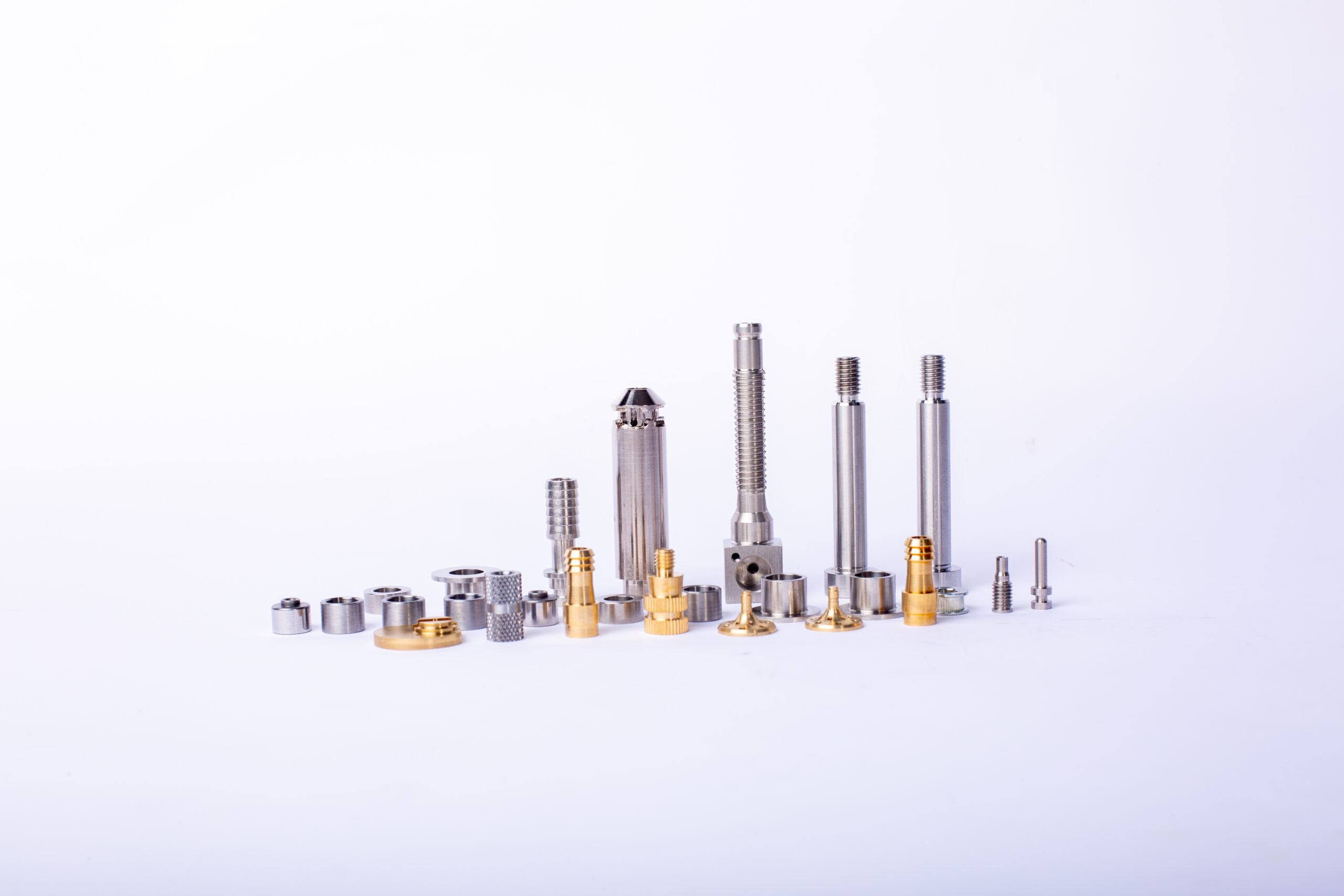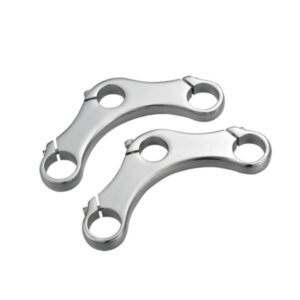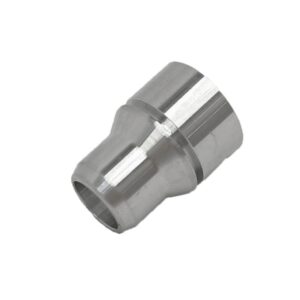we specialize in the production of high-precision aluminum forgings for a diverse range of applications. Our products are known for their strength, durability, and resistance to corrosion, making them ideal for use in industries such as aerospace, automotive, defense, and oil and gas.
Some of our popular products include:
- Aerospace components: We supply a wide range of aluminum forgings for use in aircraft structures, landing gear, and engine components. Our forgings are made from premium grade aluminum alloys, ensuring maximum strength and reliability.
- Automotive parts: We manufacture various automotive parts such as steering knuckles, control arms, and transmission components. Our forgings are designed to meet the rigorous demands of the automotive industry, providing superior performance and longevity.
- Defense equipment: AFC is a trusted supplier of high-strength aluminum forgings for military equipment such as missiles, tanks, and armored vehicles. These forgings are designed to withstand extreme conditions and provide exceptional performance in critical situations.
- Oil and gas components: Our forgings are also used in the oil and gas industry for various applications such as drilling equipment, valves, and pipelines. Our products are designed to withstand harsh environments and high pressures, ensuring reliable performance in the field.
quality is our top priority. We adhere to strict quality control measures throughout the production process to ensure that our products meet the highest standards. We have a dedicated quality assurance team that conducts regular inspections and tests to ensure that our products are defect-free and meet all customer requirements. In addition, we are ISO 9001 certified, further demonstrating our commitment to providing superior quality products and services.
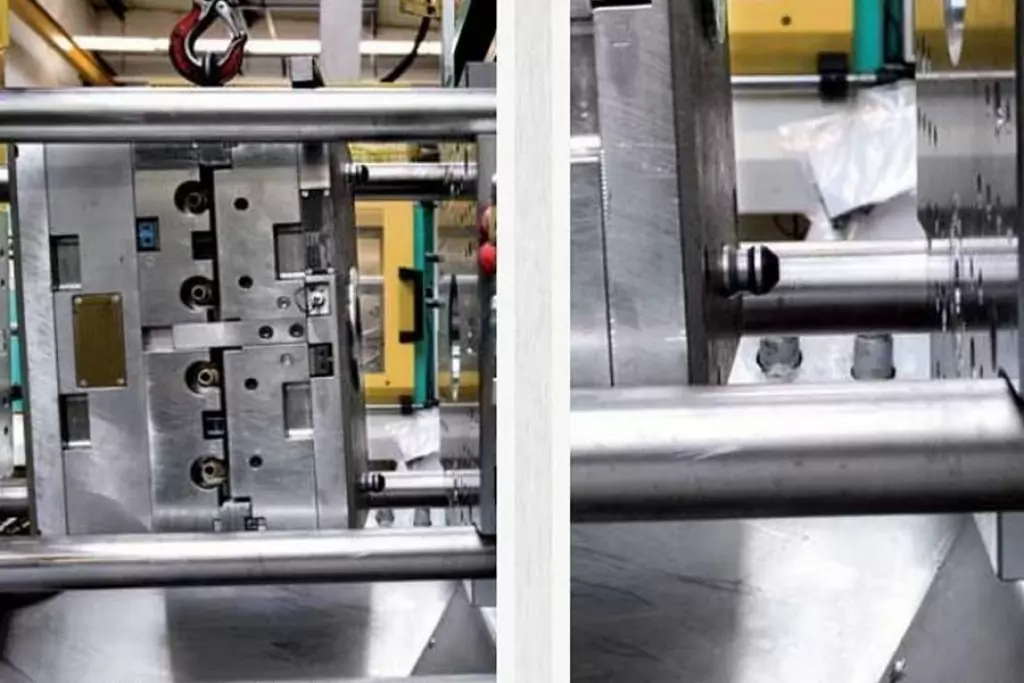
Aluminum forging is a manufacturing process that involves shaping heated aluminum into a desired form through the use of a mechanical press. This process creates durable, high-strength parts that are ideal for a wide range of industries, including automotive, aerospace, and construction. By using specialized dies and high pressure, aluminum forging produces parts with superior strength, fatigue resistance, and surface finish compared to other manufacturing methods. The lightweight nature of aluminum makes it a popular choice for forging, providing strong and efficient components for various applications. With the ability to create complex shapes and intricate designs, aluminum forging offers a cost-effective and reliable solution for producing high-quality and durable components.
Aluminum forging is a highly versatile and efficient manufacturing process that has gained widespread use in various industries. Through the application of extreme heat and pressure, solid aluminum blocks are transformed into complex and strong components that are used in everything from automotive parts to aerospace components. The forging process not only enhances the structural integrity of the metal but also allows for precise shaping and customization to meet the specific requirements of each application. With its lightweight yet durable properties, aluminum forging offers a cost-effective solution for producing high-quality and high-performance parts that can withstand extreme temperatures and harsh environments. From reducing weight and increasing fuel efficiency in vehicles to improving overall performance and safety in airplanes, aluminum forging continues to revolutionize the world of engineering and design

Aluminum forging is a specialized process that involves shaping aluminum into desired forms through the application of pressure and heat. It is a widely used manufacturing method for creating strong and durable components for a variety of industries, such as aerospace, automotive, and construction. With its unique properties of being lightweight, corrosion-resistant, and high strength, aluminum has become a popular choice for forging applications. In this process, aluminum billets are heated to a specific temperature, placed in a die, and then compressed by a forging press to form the desired shape. This results in a high-quality piece with enhanced mechanical properties and a refined surface finish. Let’s dive deeper into the world of aluminum forging and explore its benefits and applications.
1.Can aluminum forgings be repaired if they become damaged or worn out?
2.How does the cold working of aluminum affect the final strength and properties of the forged part?
3.What are the different surface treatments available for aluminum forgings?
4.Are there any environmental concerns associated with aluminum forging?
5.How does the temperature and speed of the forging process affect the final properties of the aluminum part?
6.How is the surface finish of aluminum forgings achieved?
7.How does the use of different forging techniques affect the grain structure of aluminum forgings?
8.How does the design of a die or tooling impact the final shape and quality of an aluminum forging?
1.Can aluminum forgings be repaired if they become damaged or worn out?
Yes, aluminum forgings can be repaired if they become damaged or worn out. The repair process will depend on the extent of the damage and the type of forging. In some cases, the damaged area can be machined or ground down and then re-forged to restore its original shape. In other cases, the forging may need to be heated and reshaped using specialized tools and techniques. It is important to consult with a professional or the manufacturer for the best repair method for your specific forging.
2.How does the cold working of aluminum affect the final strength and properties of the forged part?
Cold working, also known as cold forging or cold forming, is a process in which a metal is shaped and formed at room temperature. This process involves applying pressure to the metal, causing it to deform and take on a new shape. In the case of aluminum, cold working can have a significant impact on the final strength and properties of the forged part.
- Increased Strength: One of the main effects of cold working on aluminum is an increase in strength. This is because the process of cold working causes the metal to undergo plastic deformation, which results in the formation of dislocations within the crystal structure of the metal. These dislocations act as barriers to the movement of other dislocations, making it more difficult for the metal to deform further. As a result, the metal becomes stronger and more resistant to deformation.
- Improved Ductility: While cold working can increase the strength of aluminum, it can also improve its ductility. Ductility refers to the ability of a metal to deform without breaking. When aluminum is cold worked, the dislocations that are formed also act as sites for the absorption of energy, making the metal more ductile. This means that the forged part will be able to withstand more stress and strain without fracturing.
- Grain Refinement: Another effect of cold working on aluminum is grain refinement. During the process of cold working, the metal is subjected to compressive forces, which cause the grains within the metal to deform and elongate. This results in a finer grain structure, which can improve the mechanical properties of the metal, such as strength and toughness.
- Residual Stresses: Cold working can also introduce residual stresses into the aluminum. These are internal stresses that remain in the metal even after the deformation process is complete. These stresses can affect the final properties of the forged part, as they can cause the metal to deform or fail under certain conditions.
In conclusion, the cold working of aluminum can have a significant impact on the final strength and properties of the forged part. It can increase the strength and ductility of the metal, improve its grain structure, and introduce residual stresses. Therefore, it is important to carefully consider the effects of cold working when designing and manufacturing forged aluminum parts.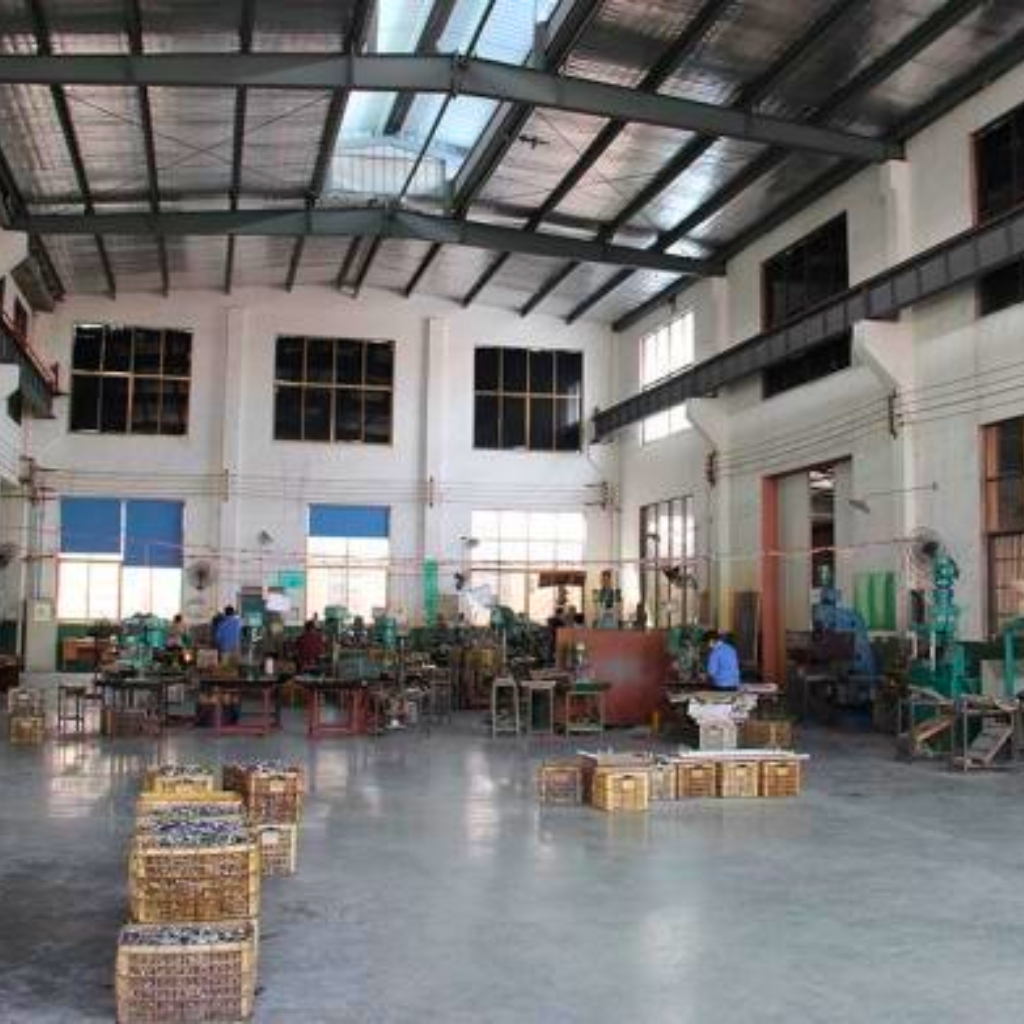
3.What are the different surface treatments available for aluminum forgings?
1. Anodizing: This is a process of creating a protective oxide layer on the surface of the aluminum forging. It can be done in various colors and provides good corrosion resistance.
- Powder Coating: This is a process of applying a dry powder paint onto the surface of the aluminum forging and then curing it in an oven. It provides a durable and decorative finish.
- Polishing: This is a process of smoothing and shining the surface of the aluminum forging by using abrasives and polishing compounds. It can provide a mirror-like finish.
- Brushing: This is a process of creating a brushed or satin finish on the surface of the aluminum forging by using abrasive pads or brushes.
- Chemical Conversion Coating: This is a process of treating the surface of the aluminum forging with a chemical solution to improve its corrosion resistance and paint adhesion.
- Plating: This is a process of coating the surface of the aluminum forging with a thin layer of metal, such as chrome or nickel, to improve its appearance and corrosion resistance.
- Shot Peening: This is a process of bombarding the surface of the aluminum forging with small metal particles to improve its strength and fatigue resistance.
- Sandblasting: This is a process of blasting the surface of the aluminum forging with sand or other abrasive materials to create a textured or matte finish.
- Painting: This is a process of applying a liquid paint onto the surface of the aluminum forging to provide a decorative and protective finish.
- Laser Etching: This is a process of using a laser to create designs or markings on the surface of the aluminum forging. It can provide a permanent and precise finish.
4.Are there any environmental concerns associated with aluminum forging?
Yes, there are several environmental concerns associated with aluminum forging, including:
Energy consumption: Aluminum forging requires a significant amount of energy, which contributes to greenhouse gas emissions and climate change.
Air pollution: The heating and melting of aluminum during the forging process can release harmful pollutants into the air, such as carbon monoxide, sulfur dioxide, and nitrogen oxides.
Water pollution: The use of water for cooling and quenching during the forging process can lead to water pollution if not properly treated and disposed of.
Waste generation: The forging process can generate a significant amount of waste, including scrap metal, scale, and other byproducts, which can be difficult to dispose of and may contain hazardous materials.
Land use: The land required for aluminum mining and processing can have a significant impact on local ecosystems and wildlife habitats.
Recycling challenges: While aluminum is a highly recyclable material, the forging process can make it more difficult to recycle due to the mixing of different alloys and the presence of contaminants.
Occupational hazards: The forging process involves high temperatures and heavy machinery, which can pose health and safety risks for workers if proper precautions are not taken.
Overall, the environmental impact of aluminum forging can be reduced through the use of energy-efficient processes, proper waste management, and responsible sourcing of raw materials.
5.How does the temperature and speed of the forging process affect the final properties of the aluminum part?
The temperature and speed of the forging process can have a significant impact on the final properties of an aluminum part. Here are some ways in which these factors can affect the properties of the part:
- Grain structure: The temperature and speed of the forging process can affect the grain structure of the aluminum. Higher temperatures and slower speeds can result in larger and more uniform grains, while lower temperatures and faster speeds can lead to smaller and more irregular grains. A finer grain structure can improve the strength and toughness of the part.
- Mechanical properties: The temperature and speed of the forging process can also affect the mechanical properties of the aluminum part, such as its strength, ductility, and toughness. Higher temperatures and slower speeds can result in a stronger and more ductile part, while lower temperatures and faster speeds can lead to a more brittle part.
- Residual stresses: The temperature and speed of the forging process can also influence the level of residual stresses in the aluminum part. Higher temperatures and slower speeds can help to reduce residual stresses, while lower temperatures and faster speeds can result in higher levels of residual stresses. Excessive residual stresses can weaken the part and make it more prone to failure.
- Surface finish: The temperature and speed of the forging process can also affect the surface finish of the aluminum part. Higher temperatures and slower speeds can result in a smoother and more uniform surface, while lower temperatures and faster speeds can lead to a rougher and more uneven surface. A smoother surface can improve the appearance and corrosion resistance of the part.
In summary, the temperature and speed of the forging process can have a significant impact on the final properties of an aluminum part, including its grain structure, mechanical properties, residual stresses, and surface finish. It is important to carefully control these factors to achieve the desired properties in the finished part.
6.How is the surface finish of aluminum forgings achieved?
The surface finish of aluminum forgings can be achieved through various methods, including:
- Machining: This involves using cutting tools to remove material from the surface of the forging, resulting in a smooth finish.
- Grinding: Grinding is a process that uses abrasive wheels to remove material from the surface of the forging, resulting in a smooth and polished finish.
- Polishing: Polishing involves using a polishing wheel or abrasive compounds to smooth and shine the surface of the forging.
- Sandblasting: This process involves blasting sand or other abrasive materials at high pressure onto the surface of the forging, resulting in a textured or matte finish.
- Chemical etching: Chemical etching involves using chemicals to remove a thin layer of material from the surface of the forging, resulting in a smooth and uniform finish.
- Anodizing: Anodizing is an electrochemical process that creates a protective layer on the surface of the forging, resulting in a smooth and corrosion-resistant finish.
- Painting or powder coating: These methods involve applying a layer of paint or powder onto the surface of the forging, resulting in a smooth and colorful finish.
The specific method used to achieve the desired surface finish will depend on the type of forging, its intended use, and the desired aesthetic.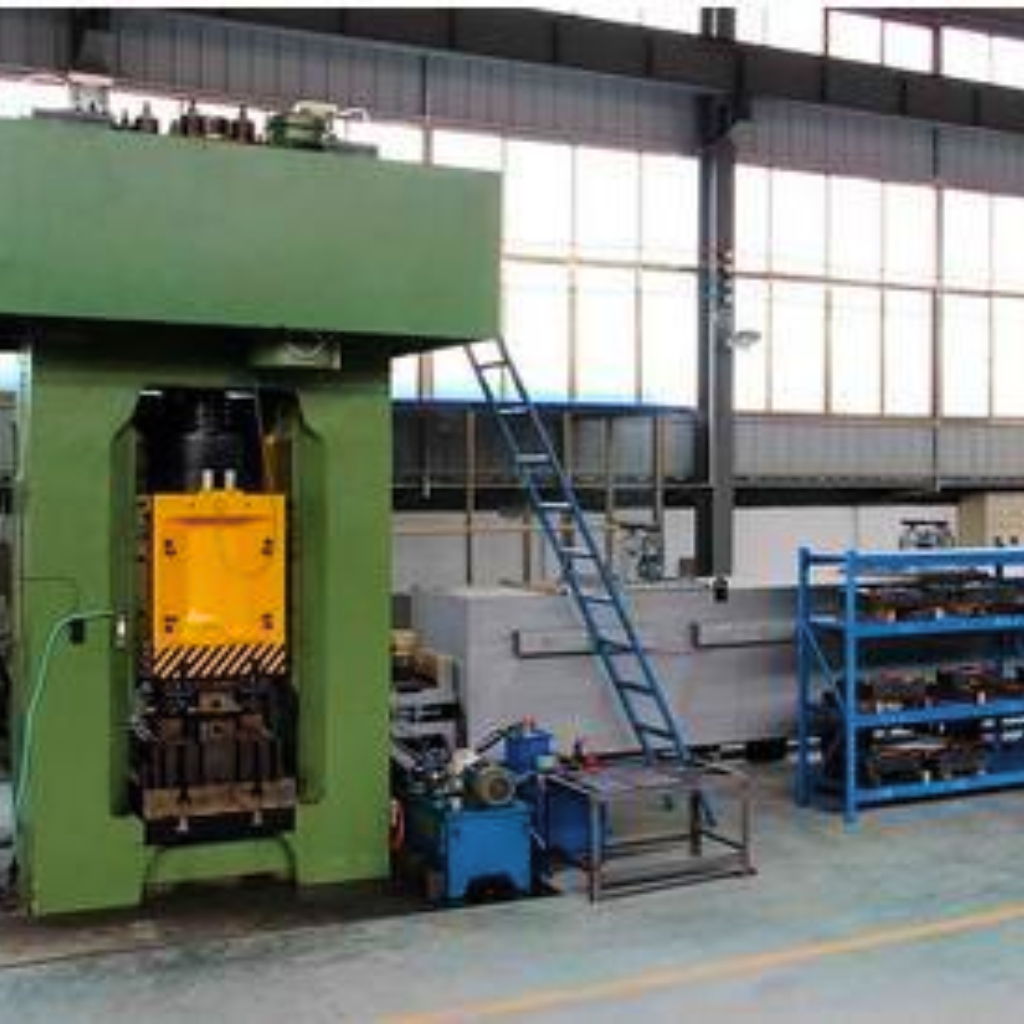
7.How does the use of different forging techniques affect the grain structure of aluminum forgings?
The grain structure of aluminum forgings is affected by the forging technique used in the manufacturing process. Different forging techniques can result in different grain structures, which can have an impact on the mechanical properties and performance of the final product.
- Open Die Forging: In open die forging, the aluminum billet is placed between two flat dies and compressed to the desired shape. This process results in a coarse grain structure with large, irregularly shaped grains. The grains are elongated in the direction of the applied force, which can improve the strength and toughness of the forging.
- Closed Die Forging: In closed die forging, the aluminum billet is placed in a die that has a cavity in the shape of the desired product. The billet is then compressed to fill the cavity and take on the shape of the die. This process results in a fine grain structure with smaller, more uniform grains. The grains are compressed and aligned in the direction of the applied force, which can improve the strength and fatigue resistance of the forging.
- Ring Rolling: In ring rolling, a cylindrical billet is placed between two rollers and compressed to form a ring-shaped forging. This process results in a fine grain structure with elongated grains in the circumferential direction. The grains are compressed and aligned in the direction of the applied force, which can improve the strength and ductility of the forging.
- Upset Forging: In upset forging, the aluminum billet is placed between two dies and compressed in a direction perpendicular to the length of the billet. This process results in a fine grain structure with elongated grains in the direction of compression. The grains are compressed and aligned in the direction of the applied force, which can improve the strength and toughness of the forging.
In general, closed die forging and ring rolling result in finer and more uniform grain structures compared to open die forging and upset forging. This is because the billet is subjected to more compressive forces and deformation in these processes, leading to a more refined grain structure. The direction of the applied force also plays a role in the grain structure, with grains being elongated and aligned in the direction of compression.
In conclusion, the use of different forging techniques can have a significant impact on the grain structure of aluminum forgings, which in turn can affect the mechanical properties and performance of the final product. Manufacturers must carefully consider the desired properties and choose the appropriate forging technique to achieve the desired grain structure and optimize the performance of
8.How does the design of a die or tooling impact the final shape and quality of an aluminum forging?
The design of a die or tooling plays a crucial role in the final shape and quality of an aluminum forging. This is because the die or tooling is responsible for shaping and forming the aluminum material into the desired shape and size.
Here are some ways in which the design of a die or tooling can impact the final shape and quality of an aluminum forging:
- Shape and size accuracy: The design of the die or tooling determines the accuracy of the final shape and size of the aluminum forging. If the die or tooling is not designed properly, it can result in dimensional inaccuracies, which can affect the functionality and performance of the forging.
- Surface finish: The design of the die or tooling also affects the surface finish of the aluminum forging. A well-designed die or tooling can produce a smooth and uniform surface finish, while a poorly designed one can result in surface imperfections such as cracks, porosity, or roughness.
- Grain structure: The design of the die or tooling can also influence the grain structure of the aluminum forging. A well-designed die or tooling can help in controlling the flow of metal during the forging process, resulting in a fine and uniform grain structure. On the other hand, a poorly designed die or tooling can lead to uneven grain structure, which can affect the mechanical properties of the forging.
- Material flow and distribution: The design of the die or tooling also affects the flow and distribution of the aluminum material during the forging process. A well-designed die or tooling can ensure uniform material flow, resulting in a consistent and defect-free forging. On the other hand, a poorly designed die or tooling can cause material flow disruptions, resulting in defects such as voids, folds, or cracks.
- Die life and maintenance: The design of the die or tooling can also impact its durability and maintenance requirements. A well-designed die or tooling can withstand the high temperatures and pressures involved in the forging process, resulting in a longer die life. On the other hand, a poorly designed die or tooling may wear out quickly, leading to frequent replacements and increased production costs.
In conclusion, the design of a die or tooling is a critical factor in the production of high-quality aluminum forgings. A well-designed die or tooling can ensure dimensional accuracy, surface finish, grain structure, material flow, and die life, resulting in a superior quality forging. Therefore, it is essential to carefully

